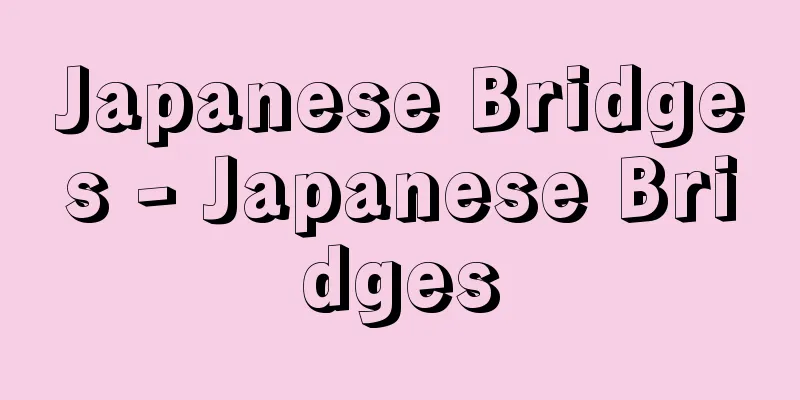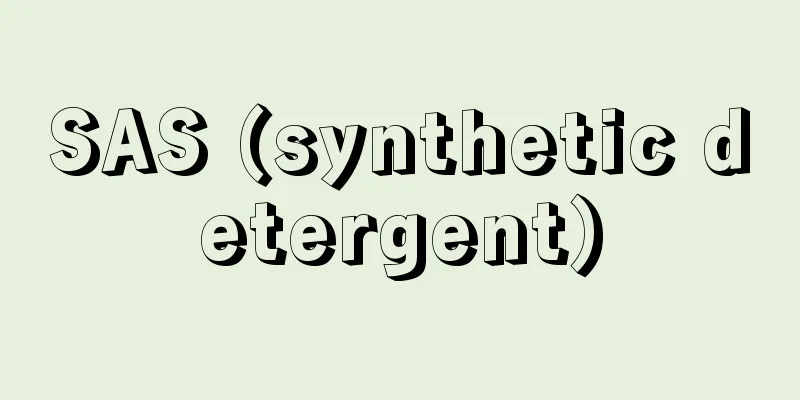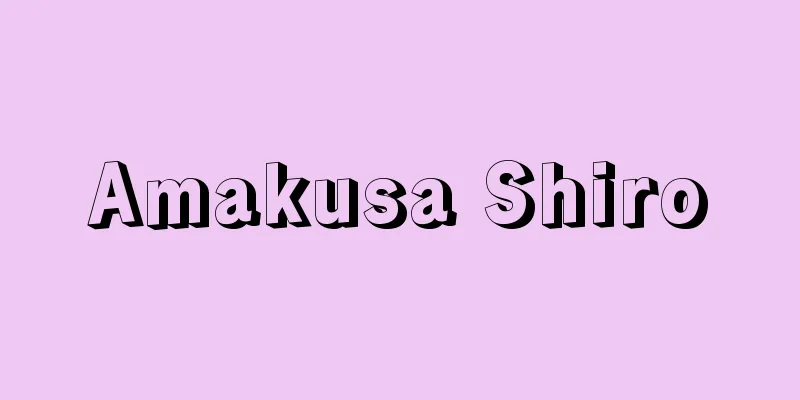﨟纈 - stingy

|
An old name for wax dyeing. Also called "Roketsu." A dyed item in which a pattern is created by covering parts of silk fabric with wax to prevent dyeing. Several types of wax-dyed cotton fabrics have been discovered in the Eastern Han Tombs (2nd-3rd century) at Minfeng Niya in Xinjiang Province, China, suggesting that this type of technique was known from a very early period. In contrast to these wax dyeing of cotton fabrics, wax dyeing of silk fabrics developed during the Sui and Tang dynasties, and the technique was introduced to Japan during the Nara period. Among the dyed items in Shosoin are a number of items, including a wavy folding screen listed in the "Tōdai-ji Offerings Book" (National Treasure Book), as well as banners and costumes. The majority of rags with twill are made of thin silk such as ashiginu or ramie, and twill or cloth fabrics are extremely rare. The technique is to apply a wax resist to one side and then immerse the piece in dye, and while most are usually only the color of the fabric and the dye, some are multi-colored, with wax added along the way and two or three colors added at a time. A stamp-like stencil is used to apply the wax patterns, and one or two stencils are combined to create unit patterns, which are then arranged in parallel or scattered patterns. Some unit patterns are used in a variety of different ways and combined to create larger designs, and in order to create painterly patterns, as in the previously mentioned stencil folding screen, corrections and additions are sometimes made with a brush in addition to stencils. After the Nara period and into the Heian period, the name of the craft appears in the Engishiki, but the craftsmanship fell into decline at some point and has hardly been used since then up until modern times. This is probably due to the tendency to place too much importance on textiles in the aristocratic clothing of the Heian period, and also due to the fact that official trade was closed with the abolition of the Japanese envoys to Tang China, and therefore the inflow of materials such as beeswax stopped, but the details of this are unclear. In the early modern period, the word "wax dyeing" appears in a model book for kosode (short sleeves) from the late Edo period, suggesting that some wax dyeing was done, but no examples remain to this day. Therefore, it is generally believed that modern wax dyeing became widespread after the Meiji period. Modern wax dyeing is completely different from the tsukare of the Nara period, and is said to be a new technique learned from Javanese batik. The big difference with tsukare is that a mold is not used to place the wax, but the wax is applied to a brush and patterns are drawn freely. This technique is still used by dye artists today, and is also applied to handicraft leather dyeing. [Ogasawara Sae] Source: Shogakukan Encyclopedia Nipponica About Encyclopedia Nipponica Information | Legend |
|
蝋(ろう)染めの古名。「ろうけつ」ともいう。蝋で帛布(はくふ)の部分を覆って防染することにより、模様を染め表した染色品。中国では新疆(しんきょう)省の民豊尼雅(ニヤ)の東漢墓(2~3世紀)より、蝋染めの木綿布が数種発見されており、きわめて早い時期からこの種の技法が知られていたことがうかがわれる。これらの木綿布の蝋染めに対し、隋(ずい)・唐代には絹地の蝋染めが発達し、日本には奈良時代にその技法が伝えられた。正倉院の染色品のなかには『東大寺献物帳』(国家珍宝帳)所載の﨟纈屏風(びょうぶ)をはじめ、その他幡(ばん)、装束など数多くの資料が残されている。﨟纈の施されている裂(きれ)地は、絁(あしぎぬ)や羅など薄地の絹がもっとも多く、綾(あや)や布地のものはきわめて少ない。 技法は、蝋で片面に防染を施し、染料に浸(つ)けて染めたもので、普通生地(きじ)の色と染め色一色のものが多いが、なかには、途中で蝋を加えながら、二色、三色と重ねて染めた多色のものもある。また蝋で模様を置くのに、スタンプのような型が用いられており、型を1種あるいは2種組み合わせて単位模様とし、これを並列あるいは散らし模様としている。また単位模様をさまざまに使い分け、あわせ用いて、より大きな図様を構成したものもあり、先の﨟纈屏風のように絵画的な模様を染め出すには、型のみでなく、筆による修正や補筆が行われている場合もある。 奈良時代を過ぎ平安時代に入ると、『延喜式(えんぎしき)』にはその名称がみえているものの、その後﨟纈の技術はいつしか衰退し、以後近代に至るまでほとんど行われていない。おそらくこれは、平安時代の貴族の服飾形態からくる織物偏重の風潮と、また遣唐使の廃止により公の交易が閉ざされるにつれ、蜜蝋(みつろう)のような素材の流入がとだえたことに起因するものと思われるが、その経緯は明らかでない。 近世になると江戸後期の小袖(こそで)の雛型(ひながた)本のなかに「ろうぞめ」と記されたものがみえ、若干蝋染めが行われていたものと思われるが、その作例は今日まったく残っていない。したがって一般には、近代のいわゆる蝋染めの普及は明治以降と考えられている。近代の蝋染めは奈良時代の﨟纈とはまったく系統を異にし、ジャワのバティックから新しく技術を学び取ったものであるといわれている。﨟纈との大きな違いは、蝋置きに際して型を用いるようなことはせず、蝋を筆につけて模様を自由に描いていくもので、その技法は現在も染色作家たちによって活用されるほか、手芸的な革染めにも応用されている。 [小笠原小枝] 出典 小学館 日本大百科全書(ニッポニカ)日本大百科全書(ニッポニカ)について 情報 | 凡例 |
>>: Aging rice fields - ROKYUKASUIDEN
Recommend
Posad (English spelling)
Posad is a city that is located in the periphery o...
Dragonfly Geometries (English spelling) Cystidia stratonice
An insect of the Geometridae family of the Lepidop...
Yokohama Band - Yokohama Band
In the early Meiji period in Yokohama, a group of...
Tala'at Harb (English spelling) Ṭal'at Ḥarb
1867‐1941 An Egyptian Islamic thinker and a pionee...
Castoreum
…Also called castoreum. A fragrant substance made...
Weigela hortensis - Weigela hortensis
…[Mr. Makoto Fukuoka]. … *Some of the terminology...
Arthrothamnus bifidus (English spelling) Arthrothamnusbifidus
…A group of seaweeds in the brown algae family La...
Abyssinian [species] (English spelling)
The world's oldest breed of domestic cat (illu...
Subacute inflammation
Macrophages that originate from sources other tha...
Rebellion of Sun En and Lu Xun
A religious rebellion at the end of the Eastern Ji...
Black rockfish - Black rockfish (English spelling) jacopever
A marine fish belonging to the order Perciformes ...
Issin
…It is the present-day city of Ishan al-Bachrīyāt...
Social Problems Research Society
(1) It was founded in the winter of 1892 by Yusaku...
kokoshka
…It is sometimes written as Rosiya. In kanji, it ...
Gansu Province - Kanshu
A province in northwest China. It is also called G...


![Euphrates [river] - Euphrates](/upload/images/67cd1520a45ff.webp)




![Lothar [I] - Lothar](/upload/images/67cd3c1ed2aa2.webp)

